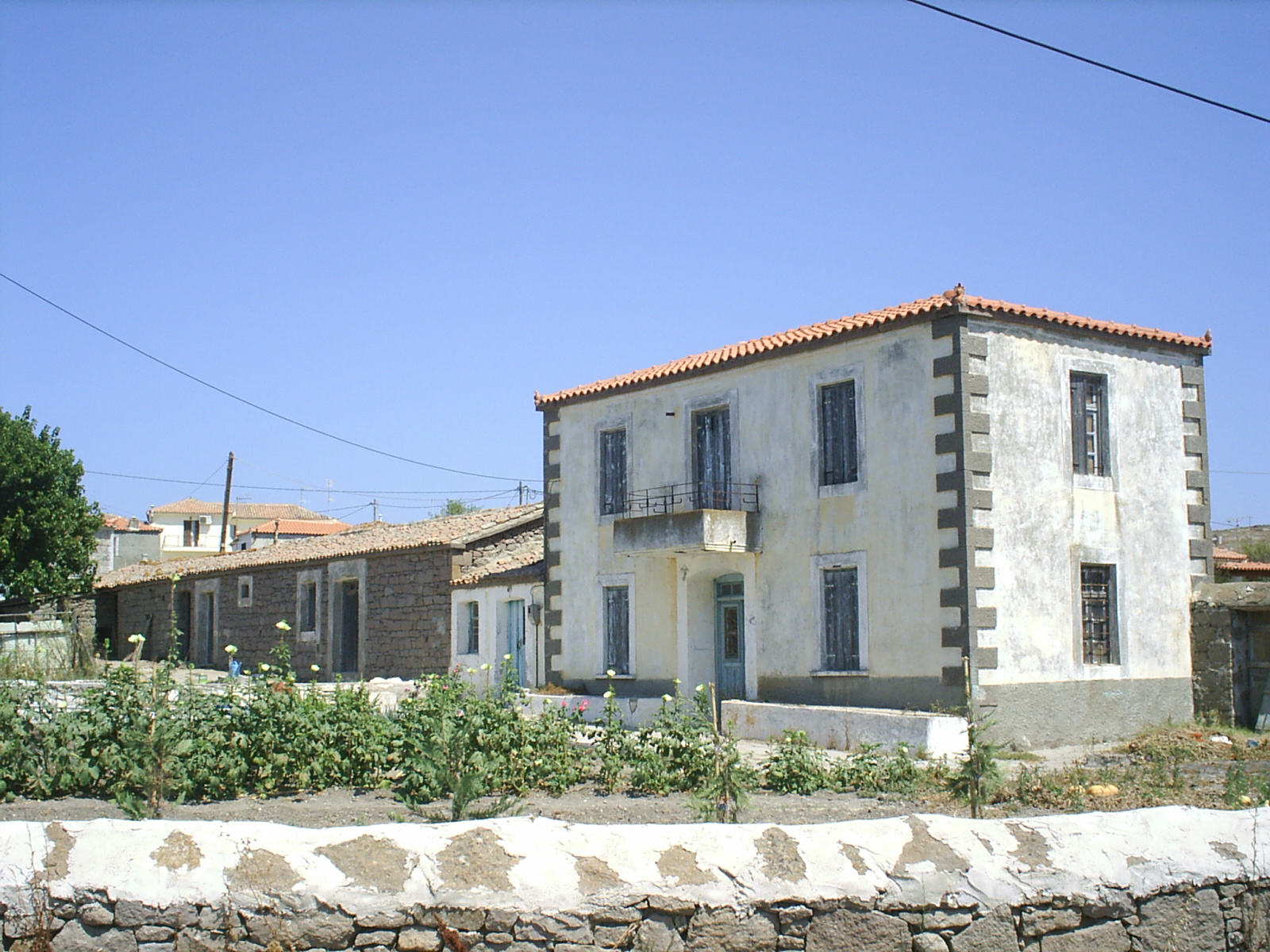Romanou on:
[Wikipedia]
[Google]
[Amazon]
 Romanou ( el, Ρωμανού) is a village and a community on the island of
Romanou ( el, Ρωμανού) is a village and a community on the island of
 Romanou ( el, Ρωμανού) is a village and a community on the island of
Romanou ( el, Ρωμανού) is a village and a community on the island of Lemnos
Lemnos or Limnos ( el, Λήμνος; grc, Λῆμνος) is a Greek island in the northern Aegean Sea. Administratively the island forms a separate municipality within the Lemnos regional unit, which is part of the North Aegean region. The ...
, Greece
Greece,, or , romanized: ', officially the Hellenic Republic, is a country in Southeast Europe. It is situated on the southern tip of the Balkans, and is located at the crossroads of Europe, Asia, and Africa. Greece shares land borders wit ...
. It is part of the municipal unit of Moudros
Moudros ( el, Μούδρος) is a town and a former municipality on the island of Lemnos, North Aegean, Greece. Since the 2011 local government reform it is part of the municipality Lemnos, of which it is a municipal unit. It covers the entire eas ...
. The community consists of the village Romanou and the deserted rural settlement Komi. Romanou is southwest of Repanidi
Repanidi ( el, Ρεπανίδι) is a village and a community in the northeast of the island of Lemnos, Greece. It is part of the municipal unit of Moudros. It is located 2 km northeast of Romanou, 3 km west of Kontopouli, 3 km eas ...
, southeast of Lychna and northeast of Moudros.
Komi
The settlement Komi is situated on a low hill northeast of Romanou. In the late 19th century, the remains of an ancient temple ofHeracles
Heracles ( ; grc-gre, Ἡρακλῆς, , glory/fame of Hera), born Alcaeus (, ''Alkaios'') or Alcides (, ''Alkeidēs''), was a divine hero in Greek mythology, the son of Zeus and Alcmene, and the foster son of Amphitryon.By his adopt ...
were found near the village. The German archaeologist Fredrich photographed the ruins and estimated that the temple had a size of . The ancient temple was succeeded by a Byzantine settlement with a church, as shown by the remains of walls and marble that can be found in today's farming settlement. Most of the remains were used for construction, and already in 1918 nearly nothing remained from the ancient temple. Italian archaeologists have found ancient tombs near the site of the temple.
The settlement Komi was first mentioned in 1785 as a "village". In 1858, Conze
Edward Conze, born Eberhard Julius Dietrich Conze (1904–1979) was a scholar of Marxism and Buddhism, known primarily for his commentaries and translations of the Prajñāpāramitā literature.
Biography
Conze's parents, Dr. Ernst Conze (187 ...
mentioned Komi both in text and in his map. In 1874, the settlement had six houses, but no Christian residents were reported. Apparently, it was inhabited by Turkish people who owned the farms around the village. From the mid-19th century, the farms came into possession of rich Greek ship owners and immigrants from Egypt
Egypt ( ar, مصر , ), officially the Arab Republic of Egypt, is a transcontinental country spanning the northeast corner of Africa and southwest corner of Asia via a land bridge formed by the Sinai Peninsula. It is bordered by the Med ...
, living in the nearby village of Romanou. They built a church dedicated to Agia Fotida, sister of Saint Photine, probably named so because it was built near a well.
Other signs of former human presence in the area are two chapels, one of St. John (built in 1877) and another of St. Anthony. There is a spring, rebuilt in 1953. Today, Komi is uninhabited. There are 15 to 20 abandoned houses that are used as sheds by the farmers of Romanou.
Bibliography
* Belitsos, Theodoros, ''Lemnos and its villages'', 1994. *Belitsos, Theodoros, H Aγία Φωτίδα της Κώμης, p 123 {{coord, 39.905, 25.290, display=title Populated places in Lemnos